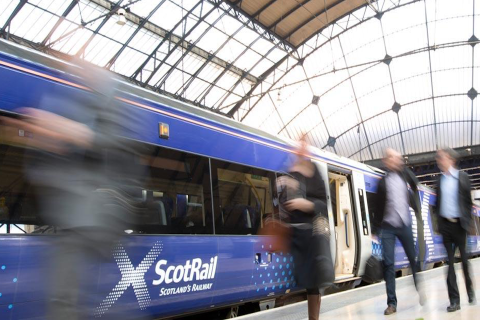ÖBB earmarks 1 billion euros for investment in renewable energy for traction power

ÖBB aims to invest around 1 billion euros through 2030 in renewable energy such wind, solar and water in a bid to generate an additional 280 GWh, the company announced last Friday at the presentation of its annual results.
Want to read more?
You have read all of your free premium articles for this month. Please become a subscriber to keep reading.
Subscribe now!
Take advantage of our exclusive offer to get full access to all premium content.





